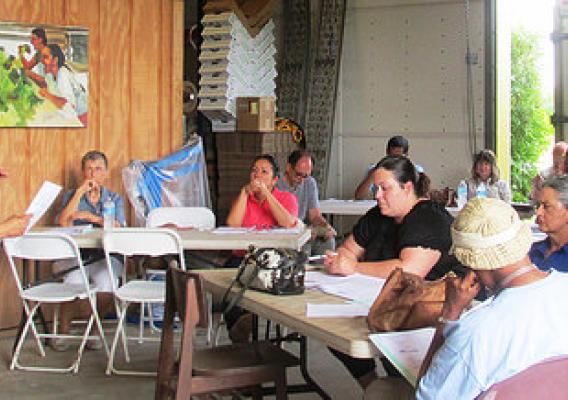March is National Nutrition Month. Throughout the month, USDA will be highlighting results of our efforts to improve access to safe, healthy food for all Americans and supporting the health of our next generation.
About half of all American adults—117 million individuals—have one or more preventable chronic diseases, many of which are related to poor quality eating patterns and physical inactivity. These include cardiovascular disease, high blood pressure, type 2 diabetes, some cancers, and poor bone health. More than two-thirds of adults and nearly one-third of children and youth are overweight or obese. Trends in food intake show that Americans are not consuming healthy eating patterns.
Earlier this year, the US Department of Health and Human Services’ Office of Disease Prevention and Health Promotion and the US Department of Agriculture’s Center for Nutrition Policy and Promotion released the 2015-2020 Dietary Guidelines for Americans. Written for use by health professionals and policy makers, the Dietary Guidelines is released every 5 years to provide nutrition guidance for Americans age 2 and older to prevent diet-related chronic disease and maintain health.









